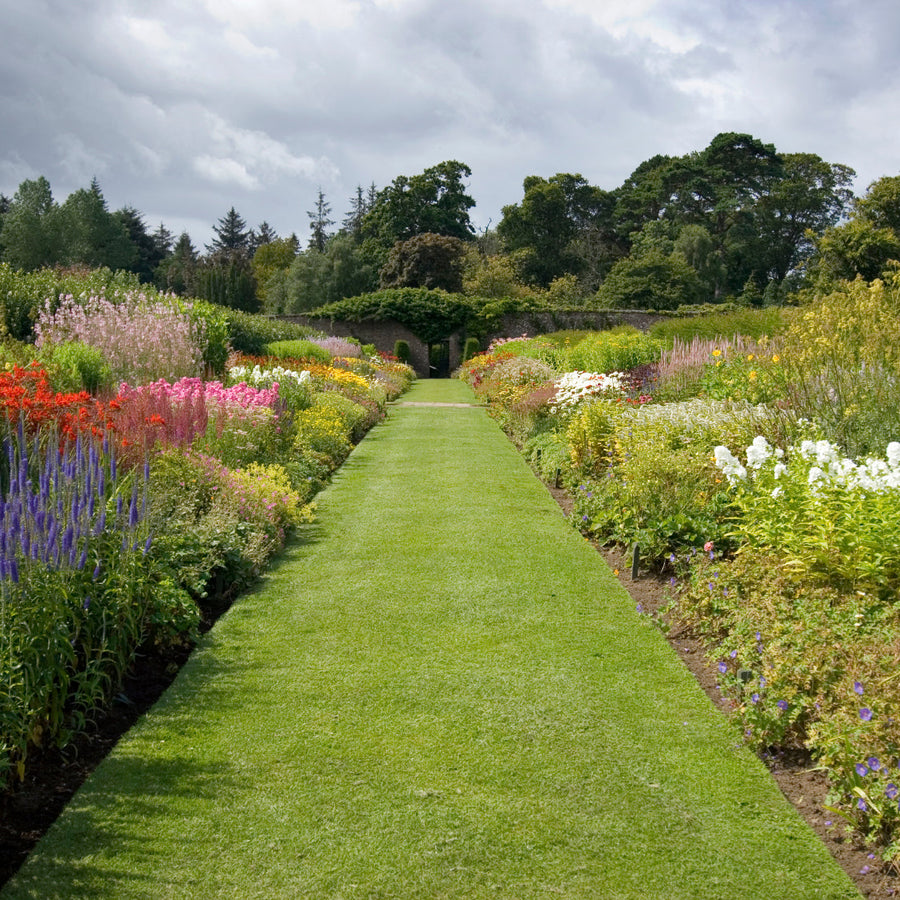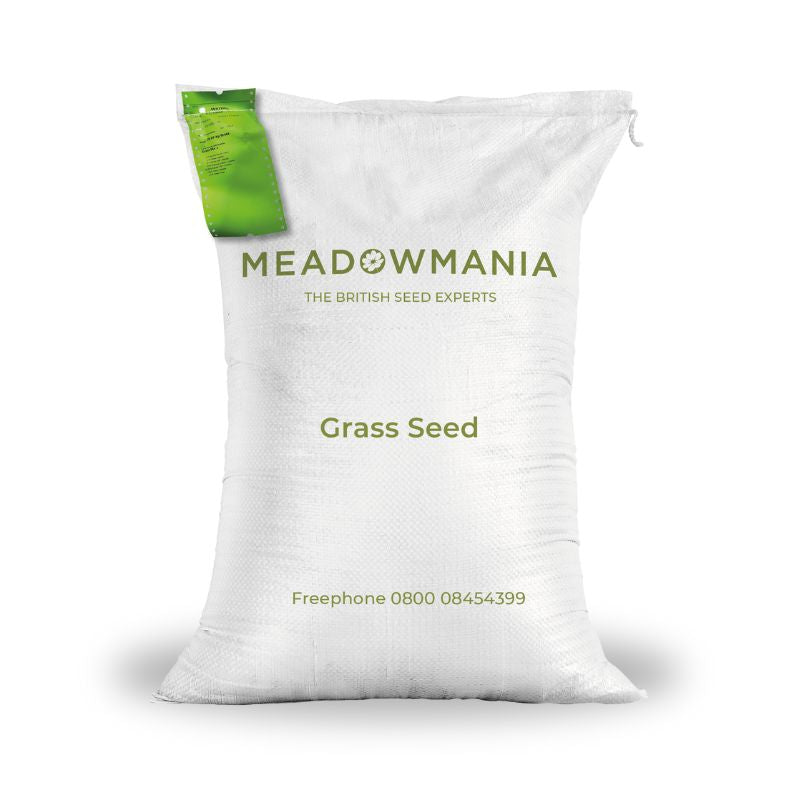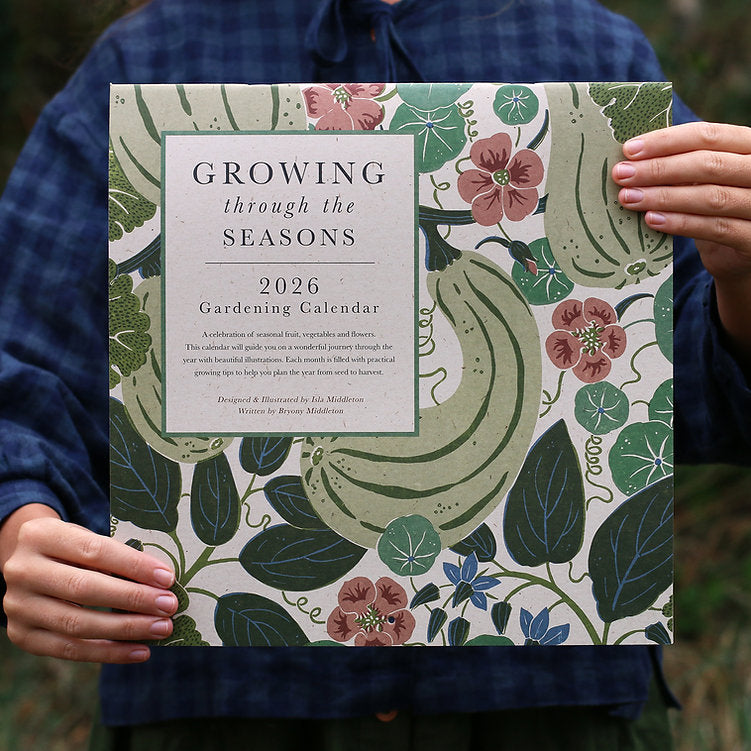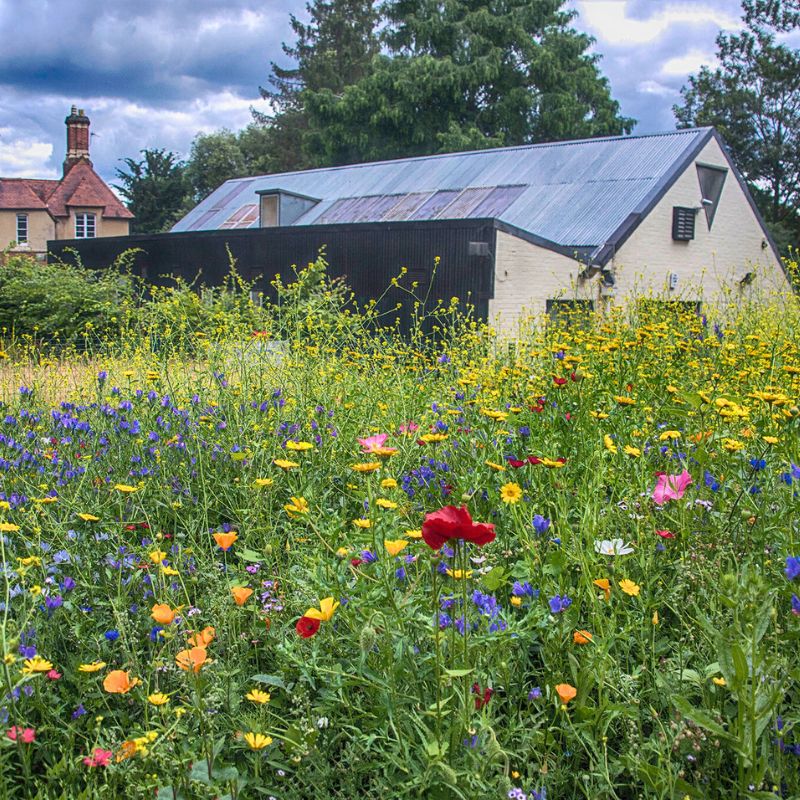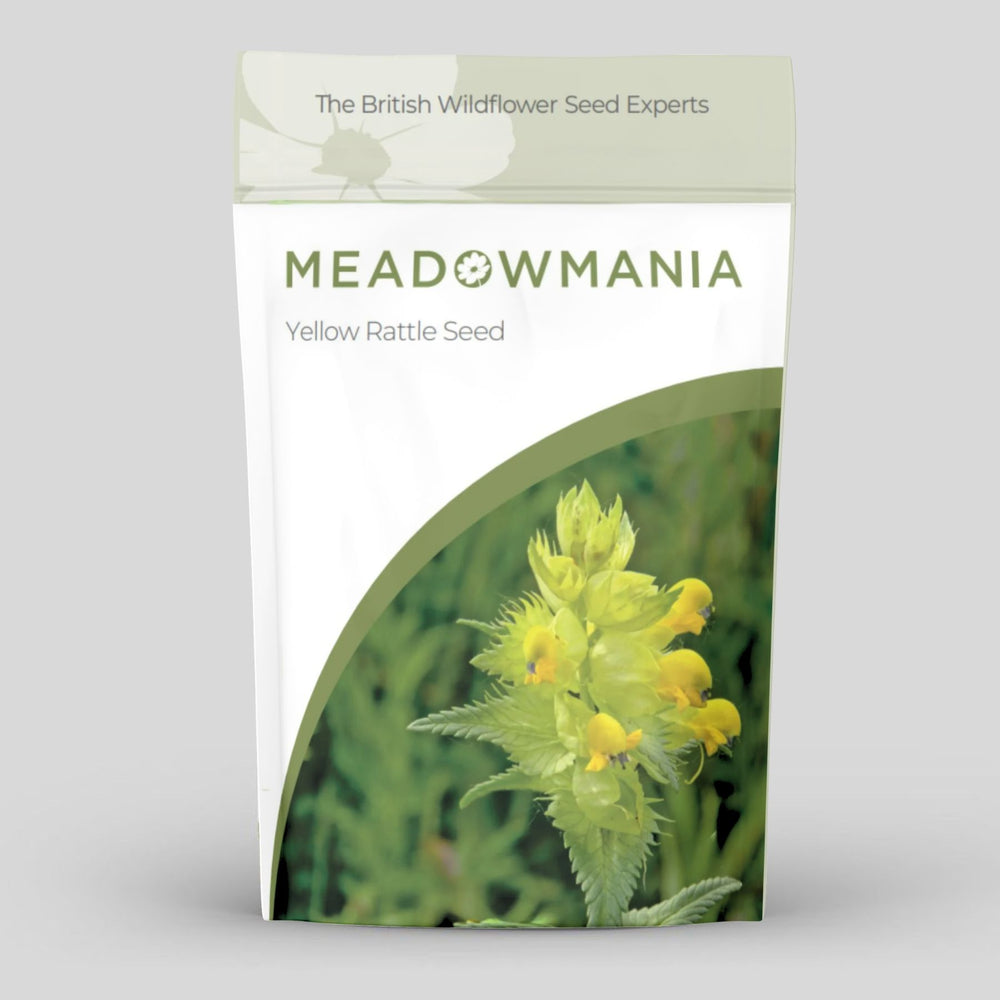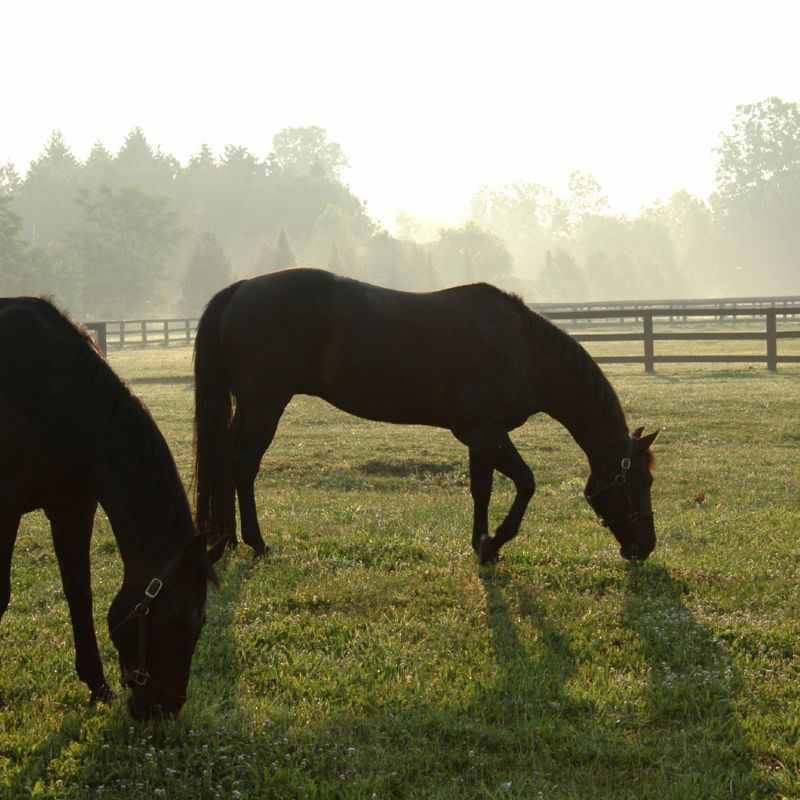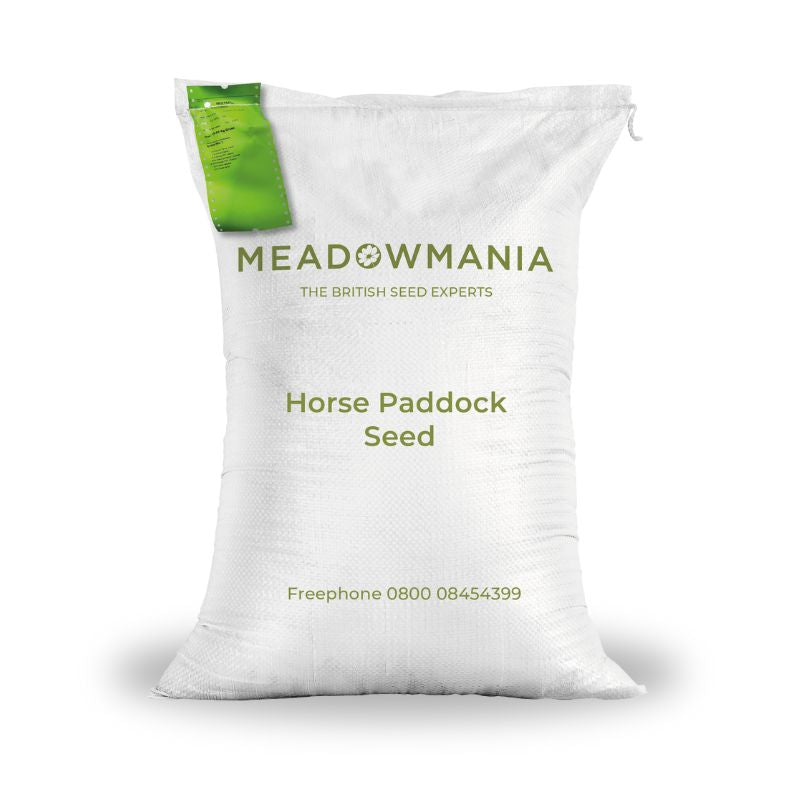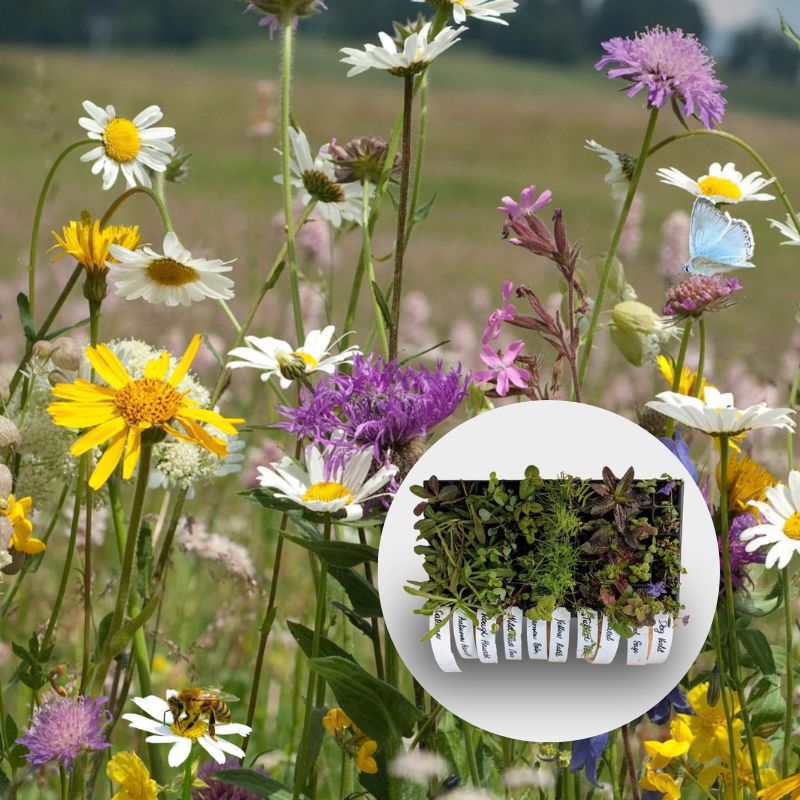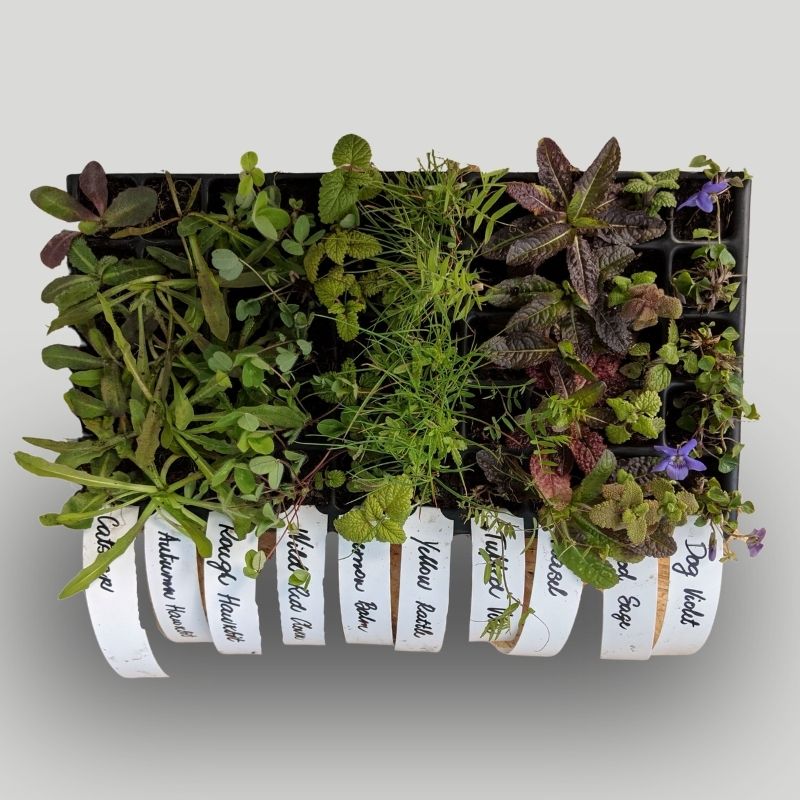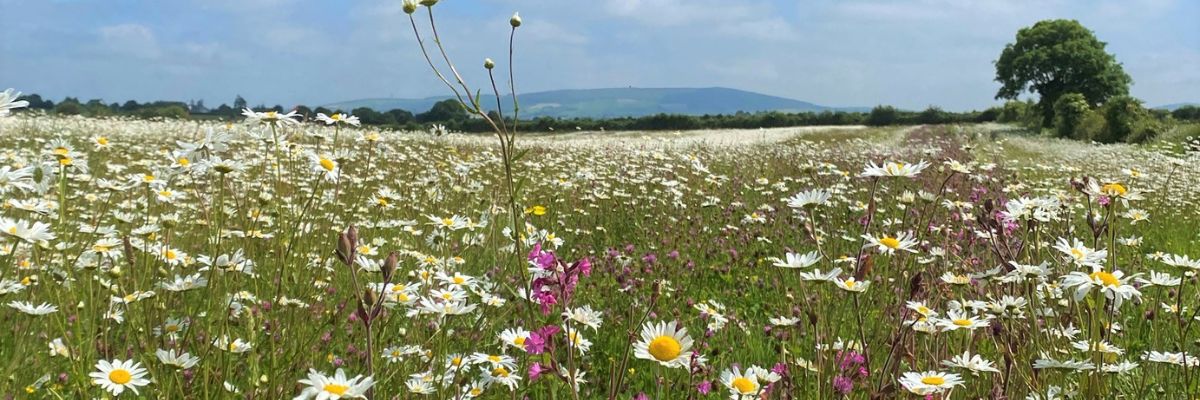
Wildflower Meadows & Carbon Offsetting: How Native Flowers Help Fight Climate Change
In the fight against climate change, carbon offsetting has become a crucial strategy. While trees are often the first solution that comes to mind, wildflower meadows also play a vital role in carbon sequestration and ecosystem restoration. By establishing and maintaining wildflower meadows, individuals, businesses, and local councils can contribute to reducing atmospheric CO2 while supporting biodiversity.
How Do Wildflower Meadows Sequester Carbon?
Unlike traditional grass lawns, wildflower meadows develop deep-rooted plants that lock carbon into the soil. This long-term carbon storage helps to prevent the release of CO2 into the atmosphere, making wildflower meadows a sustainable alternative to conventional landscaping.
Key Carbon Sequestration Benefits of Wildflower Meadows
-
Soil Carbon Storage: Studies suggest that healthy grasslands and wildflower meadows can store up to 3 tonnes of carbon per hectare per year (Natural England, 2012).
-
Reduced Soil Disturbance: Unlike ploughed agricultural land, wildflower meadows remain undisturbed, preventing the release of stored carbon.
-
Long-Term Carbon Capture: Deep-rooted native species like knapweed and oxeye daisy improve soil organic matter, increasing carbon retention.
Comparing Wildflower Meadows to Woodland for Carbon Storage
While woodlands are known for their ability to absorb carbon, grasslands and meadows are also highly effective. According to research by the Centre for Ecology & Hydrology (2018), grasslands can store as much carbon as young forests due to their underground biomass. Additionally, meadows do not produce the methane emissions that some forests generate in certain soil conditions.
Additional Environmental Benefits
Beyond carbon sequestration, wildflower meadows offer:
-
Pollinator Support: Providing essential habitats for bees, butterflies, and other insects critical for biodiversity.
-
Flood Mitigation: Healthy meadows improve soil structure and water absorption, reducing flood risks.
-
Low Maintenance & Sustainability: Compared to traditional lawns, meadows require less mowing and chemical input, making them a low-carbon alternative.
How You Can Create a Carbon-Storing Wildflower Meadow
-
Choose Native Wildflower Seeds – Native species are adapted to local conditions and support pollinators.
-
Prepare the Soil Properly – Reduce soil fertility by removing excess nutrients to encourage wildflower growth over grasses.
-
Sow in Autumn or Spring – Depending on your location and soil type, sowing in cooler seasons can improve germination rates.
-
Manage the Meadow Sustainably – Once established, annual cutting and removal of hay will maintain biodiversity and carbon storage.
Conclusion
Wildflower meadows are an overlooked yet powerful tool for carbon offsetting. By planting meadows, we can lock carbon into the soil, support vital wildlife, and create resilient landscapes in the face of climate change. Whether you’re a landowner, a business, or a community group, investing in native wildflower meadows is an effective way to contribute to a greener, healthier planet.
Ready to start your own wildflower meadow? Explore our range of British native wildflower seeds and plants today at Meadowmania and be part of the climate solution!




